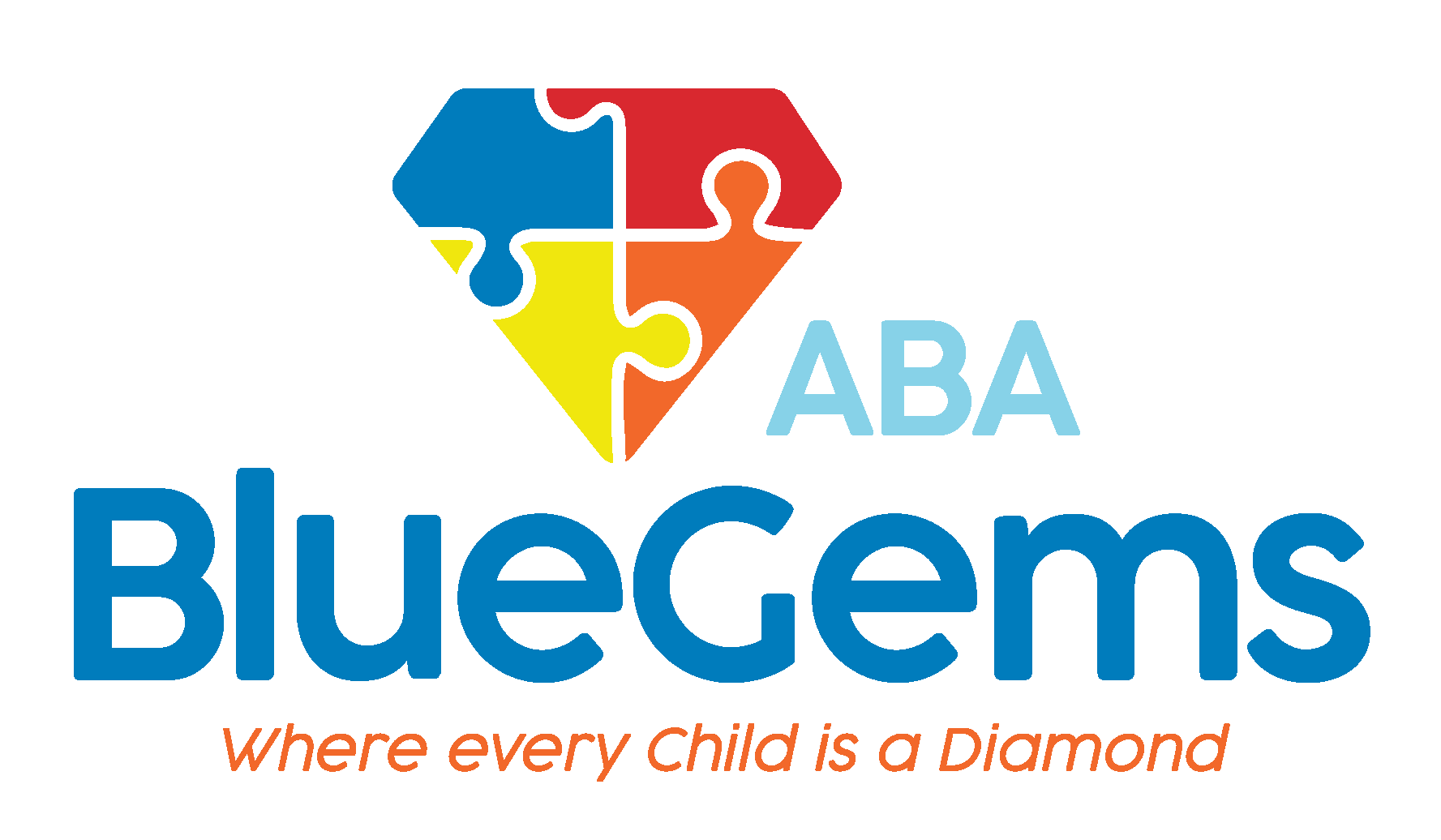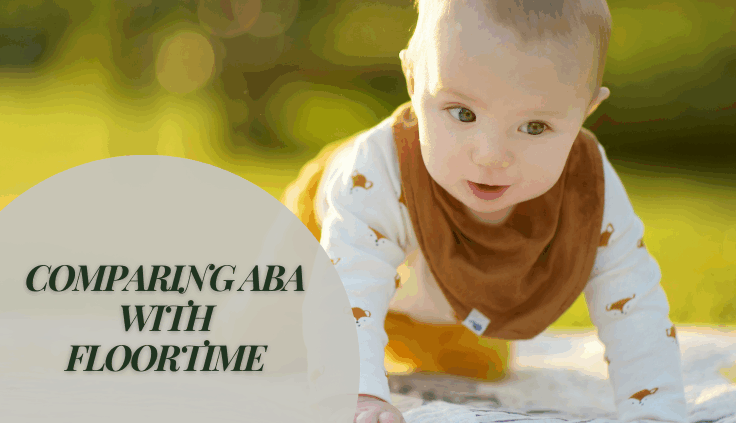Comparing ABA with Floortime: Data-Based Perspective
If your child has received an autism spectrum disorder (ASD) diagnosis, you are probably wondering what the best treatment options there are for them. While there are many individual therapies that could benefit your child, applied behavior analysis (ABA therapy) is often considered the gold standard of treatments.
There are many reasons for this, but one is that ABA therapy encompasses many different strategies, principles and tools all rooted in scientific evidence. It can help address many of the common autism symptoms, including deficits with social interaction and communication, negative and/or harmful behaviors, and sensory sensitivities — and it has been proven to work.
That being said, many other therapy options exist, some of which can be used in tandem with ABA therapy to provide children with autism the best help possible.
In this article, we’ll compare ABA therapy with Floortime therapy to give you a data-based perspective on the similarities and differences.
Table Of Contents
Key Takeaways
- ABA therapy is a structured, data-driven approach with proven outcomes in skill-building and behavior modification.
- Floortime therapy is a play-based, child-led intervention that focuses on emotional development and connection.
- Both therapies are highly customizable and can be tailored to individual developmental needs.
- ABA emphasizes measurable progress through data; Floortime emphasizes emotional engagement and relationship-building.
- Parental involvement is important in both therapies, with Floortime placing an even greater emphasis on family participation.
What is ABA Therapy?
ABA therapy is a structured and evidence-based approach to learning and behavior. It is rooted in scientific principles to help children with ASD build communication, social and daily life skills while also learning how to modify certain negative and/or harmful behaviors.
A big component of ABA therapy is the fact that it is highly customizable. Treatment plans are crafted to target the specific strengths, challenges, preferences and needs of each individual child.
Therapists have many strategies, tools and techniques at their disposal to help support each patient. This includes using visual aids, prompts and positive reinforcement.
Specific goals are set for each child, and then a massive amount of data is collected during sessions and analyzed afterward to provide an objective assessment of their progress toward those goals. As the therapy progresses, the treatment plan can then be tweaked and adjusted based on the child’s response to it.
What is Floortime Therapy?
Just like ABA therapy, Floortime therapy is highly customizable. Plans are designed to meet each patient where they are at developmentally, and then change as they progress through the program.
The basis of Floortime therapy is what’s known as a milestone hierarchy. It’s typically broken into six stages, which includes regulation, relating and engagement, intentional back-and-forth communication, solving social problems on a continuous basis, symbolic play and then bridging ideas.
The goal of Floortime therapy is to help children with autism progress up this developmental ladder one stage at a time — similar to how you’d walk up an actual ladder one step at a time.

It’s considered a holistic approach, as it encompasses playdates, therapies, educational programs and at-home services.
What Are the Differences Between ABA Therapy and Floortime?
At its core, Floortime is a more playful approach to therapy. It’s considerably focused on a child’s emotional development and helping them establish emotional connections with others.
Floortime is also considered to be child-led, catering the treatment plan around what the child does and prefers to do. The basis of the therapy is to examine deficits the child may have in social interactions and relationships, using that information as the basis for what is standing in the way of desired behaviors.
ABA therapy, by contrast, is not child-led, though there are certain aspects of it that are. The therapist takes the lead in guiding the child through learning and behavior modification, using prompts, visual cues and positive reinforcement to engage the child and keep them motivated to learn.
The therapy is also a more holistic approach to treatment, as it helps children with autism build a wide variety of skills while also helping them manage their emotions, sensory sensitivities and behaviors.
There is a significant amount of play integrated into ABA therapy, so it’s similar to Floortime in that regard. However, it’s not focused on just the emotional aspects of the child, but rather on all the roadblocks that might be standing in their way of living as independently as possible.
Blue Gems ABA Helps Children with ASD Build Skills, Modify Behaviors
ABA therapy and Floortime have some similarities in their approach to treating children with ASD. However, ABA therapy stands ahead of it — and other similar therapies — becasue of its holistic approach, evidence-based nature and proven results.
At Blue Gems ABA, we administer ABA therapy on a one-on-one basis to children on the autism spectrum, helping them gain the communication, social and daily life skills with which they typically struggle. We also help them find replacement behaviors for negative and/or harmful behaviors they may display, enabling them to grow and eventually live as independently as possible.
To learn more, please contact us today.
Frequently Asked Questions (FAQ)
- Can ABA and Floortime be used together?
Yes, many families choose a blended approach to leverage the strengths of both methods. - Is one therapy better than the other?
ABA has more evidence-based research, but Floortime may resonate better with some children emotionally. - How do I choose the right therapy for my child?
Consider your child’s needs, preferences, developmental level, and consult with qualified professionals. - What kind of data does ABA collect?
ABA tracks behaviors, skills acquisition, and therapy responses to fine-tune treatment plans. - Does Floortime use data?
Not in the traditional sense — it relies more on qualitative observations and developmental assessments.




